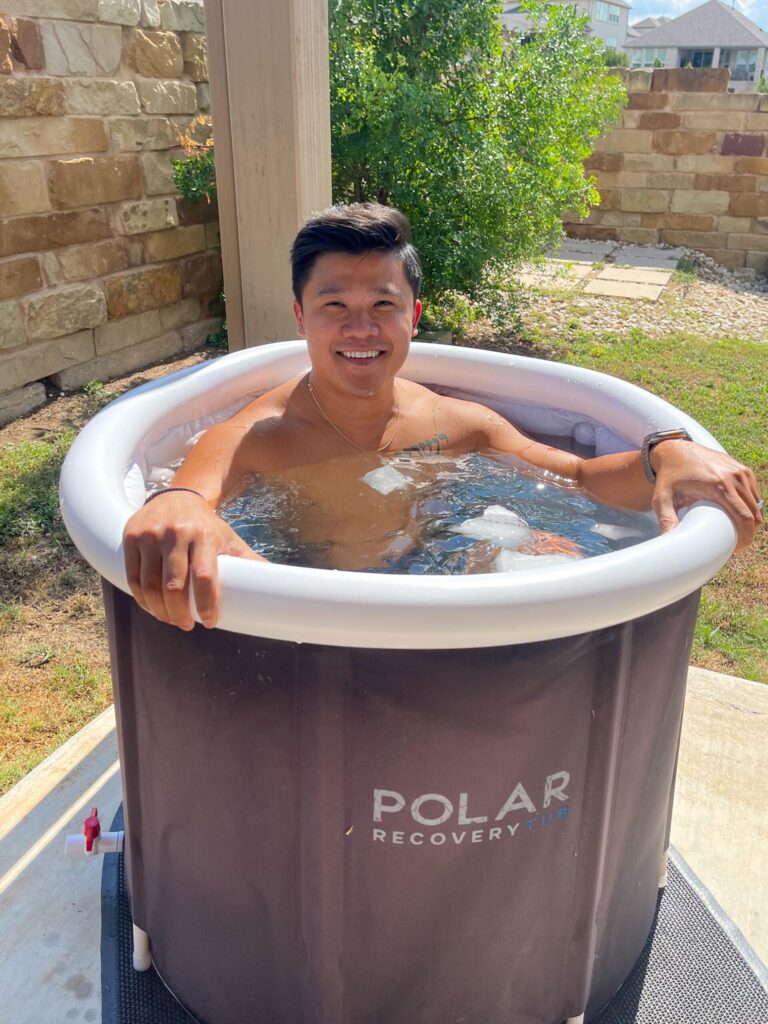Exploring the Benefits and Risks of Cold Water Immersion
In recent times, the trend of cold water immersion has gained significant traction among fitness enthusiasts and health advocates, who claim it offers a range of benefits such as improved recovery, enhanced mood, and various health advantages. From chilly baths to icy lakes, this practice has historical significance but is now experiencing a renaissance in contemporary wellness discussions. As more people dive into this frosty phenomenon, an essential question arises: Do cold plunges genuinely contribute to our well-being? This article examines current scientific findings to reveal the potential benefits and risks associated with cold water immersion.
Understanding Cold Water Immersion: Benefits and Drawbacks
The body’s reaction to cold exposure is intricate and involves several physiological processes. When submerged in cold water, individuals experience what is known as the cold shock response, which initiates various biochemical reactions. One notable effect is the release of endorphins, which can temporarily boost mood and reduce pain sensations. Furthermore, studies suggest that exposure to low temperatures enhances circulation; blood vessels constrict initially but dilate upon warming up again—this may lead to better cardiovascular health while also helping decrease inflammation. Some commonly cited advantages of engaging in cold plunges include:
- Accelerated recovery from physical exertion by alleviating muscle soreness.
- Strengthened immune response, potentially increasing white blood cell production.
- Cognitive enhancement, resulting from increased alertness.
Despite these appealing benefits, there are also inherent dangers linked with cold plunges that should not be overlooked. Extended exposure can result in hypothermia, where body heat dissipates faster than it can be generated—a condition that poses serious health threats. Individuals with pre-existing medical conditions like heart disease or asthma should seek advice from healthcare providers before attempting this form of therapy. Possible negative effects include:
- Narrowing of blood vessels strong>, which may raise blood pressure levels.
- < strong>Elevated heart rate strong > , potentially straining cardiovascular function. li >
< li >< strong > Risk of frostbite strong > due to prolonged contact with extremely low temperatures.< / li >
< / ul >Physiological Responses Induced by Cold Water Exposure h2 >
The physiological impacts stemming from immersing oneself in frigid water go beyond mere discomfort; they engage multiple bodily systems leading to a cascade of positive outcomes . Upon entering icy waters , immediate responses unfold , starting with vasoconstriction —the narrowing of blood vessels . This process minimizes skin blood flow , preserving core temperature while enhancing circulation once warmth returns . Additionally , exposure to low temperatures correlates with an uptick in metabolic activity as the body expends energy generating heat—potentially aiding weight management efforts . p >
A growing body of research underscores mental health improvements linked with regular engagement in cold water immersion practices . Studies indicate that such experiences may foster better mood regulation and resilience against stressors due largely to endorphin release alongside spikes in norepinephrine—hormones known for uplifting spirits while reducing anxiety levels . Moreover , consistent participation could facilitate quicker recovery post-exercise through diminished inflammation rates . Recent analyses have highlighted these beneficial effects : p >
Main Benefit Description Overview th >
tr > << tr >>
<< td >< strong > Improved Circulation< / strong >< / td > << td > Enhanced post-exposure blood flow resulting from vessel dilation.< / td >
<< / tr >>
<< tr >>
<< td >< strong > Elevated Metabolic Rate< / strong >< / td ><< td > Increased calorie expenditure for heat generation.< / td >
<< / tr >>
<< tr >>
<< td >< strong > Mood Enhancement< / strong >< / td > << td > Endorphin release contributes positively towards emotional well-being.< / td >
>
> Diminished Inflammation< Strong> >
Potentially aids recovery following intense physical activities. Guidelines for Safe Engagements With Cold Plunges h2 >
If you wish to safely enjoy the perks associated with cold plunges , begin by gradually acclimating your body over time . Start off small ; aim for brief durations ranging anywhere between just seconds up until one minute before extending your time spent submerged based on comfort levels achieved during each session ! Always pay attention closely towards how your body reacts ; if shivering occurs or extreme discomfort sets-in along-with persistent numbness then exiting immediately becomes paramount! Ideal temperature ranges typically fall between(50°F -60°F)(10°C-15°C) ensuring effective recuperation without excessive risk factors involved!
Additionally incorporating some simple strategies into routine practices will optimize results when utilizing these methods effectively! Staying hydrated remains crucial both prior & after any plunge taken supporting overall wellness & aiding recoveries thereafter! Consider implementing warm-up exercises beforehand like light cardio/stretching routines preparing muscles adequately beforehand too! To further enhance experiences many find mindfulness techniques (such as deep breathing/meditation) beneficial during their sessions creating deeper states relaxation throughout entire process itself ! Below summarizes key tips worth considering :
Helpful Tip | Purpose |
|
|
|
|
|
|
|
|
||——————|————————————|
| Hydrate | Ensure optimal bodily functions |
| Warm-Up | Prepare muscles effectively |
| Start Gradually | Build tolerance progressively |
| Mindfulness Practice | Foster relaxation & concentration |Final Thoughts on Cold Plunges: A Balanced Perspective h2 >
As interest surrounding ice baths continues its upward trajectory among athletes & wellness advocates alike understanding underlying science behind claimed benefits proves essential moving forward ! While anecdotal evidence exists aplenty recent investigations shed light onto both potential upsides alongside possible downsides tied directly back towards chilling practice itself ! Whether contemplating adding them into personal routines or simply curious about their implications regarding overall wellbeing weighing research findings carefully remains vital along-with consulting qualified professionals whenever necessary too! Ultimately individual experiences will vary greatly thus making informed decisions based upon scientific insights combined together personal goals paramount when deciding whether taking literal plunge makes sense!
